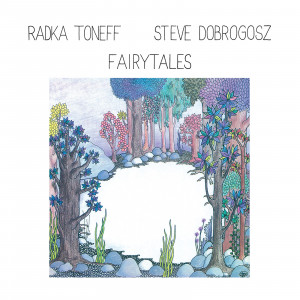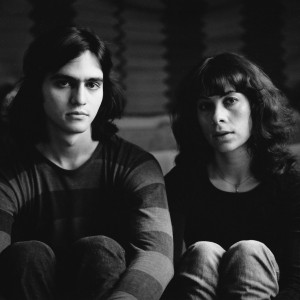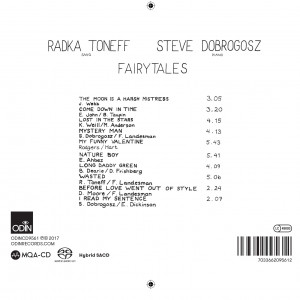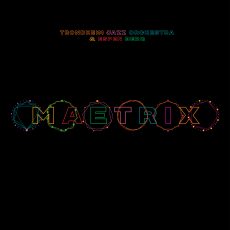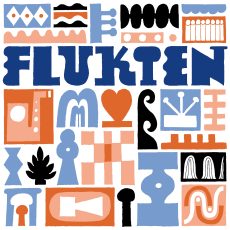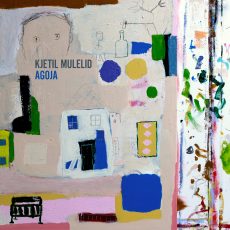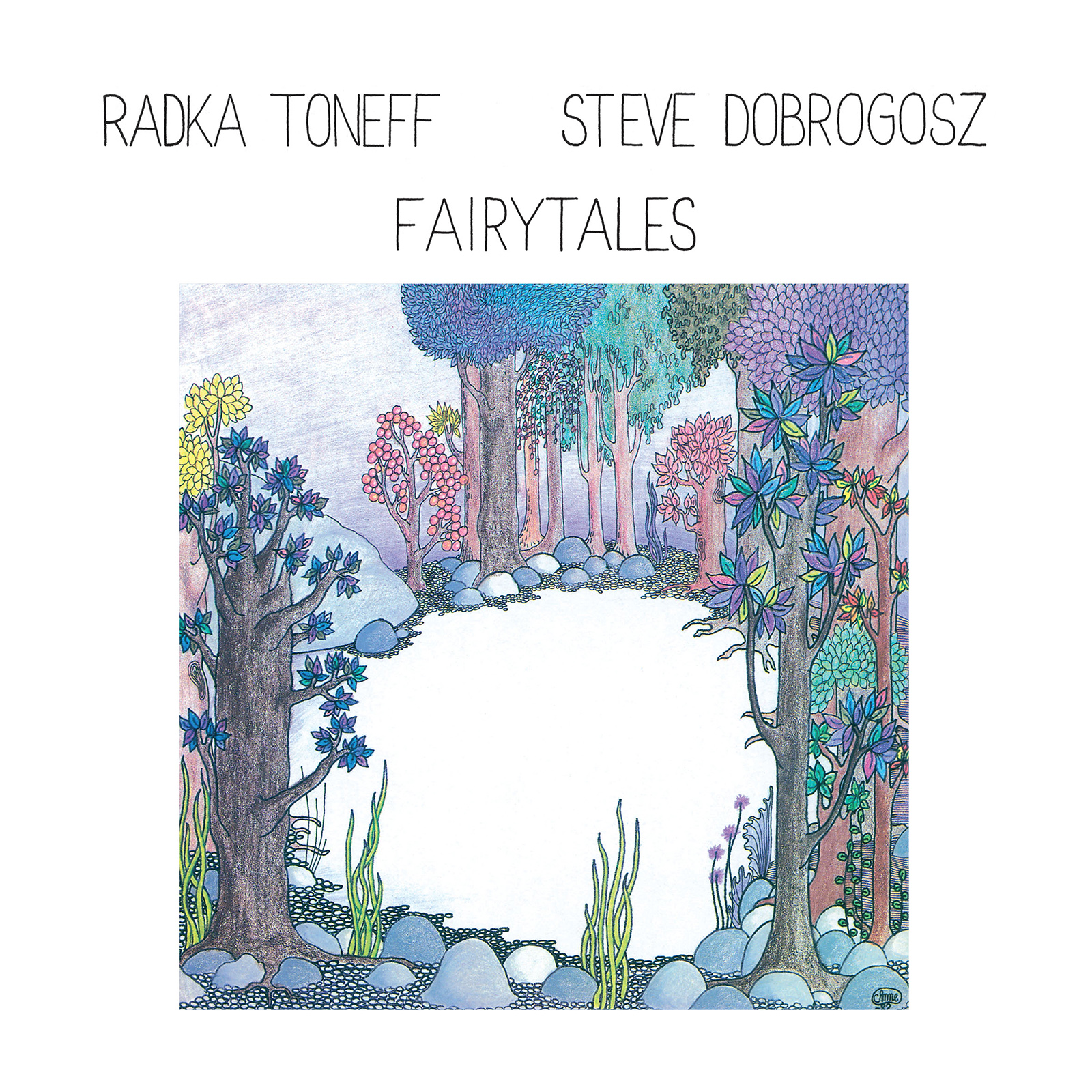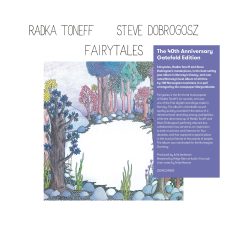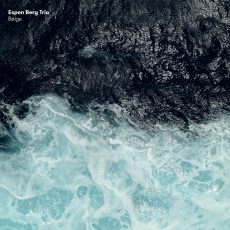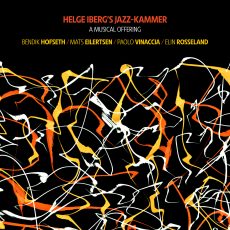Fairytales, Radka Toneff and Steve Dobrogosz’s masterpiece, is Norway’s best-selling jazz album, and was also voted Norway’s best album of all time in a poll of Norwegian musicians in 2011. Radka Toneff and Steve Dobrogosz’s perfectly attuned duo collaboration has served as an inspiration to both musicians and listeners for three decades, and has captured a special place in the musical hearts of thousands of people. The remarkable sound quality of this album, recorded using one of the earliest digital tape recorders, has been recovered and captured using MQA technology. MQA has recreated the sound of the duo’s breath-taking original performance for this special master edition.
Radka Toneff
Radka Toneff (1952-1982, Norwegian mother, Bulgarian father) was established in Norway and its neighbouring countries as a unique singer and leader of her own band when she and American pianist Steve Dobrogosz (1956- ), who was living in Sweden, recorded Fairytales in February 1982. They had known each other since 1979, when Dobrogosz took over as the pianist in Radka’s quartet, in which bassist Arild Andersen, for several years Radka’s closest musical collaborator and record producer, and Danish drummer Alex Riel formed the remainder of the ensemble. When playing their quartet gigs Radka and Steve often introduced a duo or two, and they had also recorded an improvised duo version of the standard “My Funny Valentine”, which was produced by Erling Wicklund at the end of a radio recording session at the Norwegian Broadcasting Corporation, in November of that year.
A remarkable session
This remarkable ad hoc duet, which would become track five on Fairytales, had inspired Steve to play with the idea of a duo album, and when Radka, a few years later, was wondering whether to follow up her two albums “Winter Poem” (Zarepta, 1977) and “It Don’t Come Easy” (Zarepta, 1979) with an orchestral recording as her third record, Steve suggested the duo format as a diametrically opposed alternative. Radka eventually welcomed the idea, but as the Zarepta label had been dissolved she had no record company behind her. None of the record companies in Norway or Sweden had given the duo a positive response until the Norwegian Jazz Federation’s newly launched label, Odin, entered the scene. Rolf Grundesen, then head of the Federation, suggested recording the album at the Grieg Hall in Bergen, which had digital recording equipment and a good grand piano. Nine songs were recorded in the course of two evenings, with Arild Andersen producing.
A solemn epilogue
Fairytales had a solemn epilogue when Radka died under tragic circumstances a few weeks after the album was released and had begun to go from strength to strength. In retrospect, though, it is not the memory of the loss of an incomparable singer, but rather the content of what Radka accomplished together with her American duo partner that keeps Fairytales alive. “It’s not just the sound itself, but it’s also about how Radka sings, about the sensitivity in her voice,” Steve Dobrogosz has said. The pianist describes Radka as a superb, forthright and genuine interpreter who was “at her best” with Fairytales, and he rejects any implication that she sounds especially lonely or depressed, or that the album can be construed as part of any autobiographical timetable.
The sum of singer Radka Toneff was, naturally, more than the parts she was able to display on Fairytales. But when practically all subsequent singers in Norway, from Sidsel Endresen up to the young talents of today, get a warmth in their voices and eyes when they talk about Radka as an artistic ideal and a source of inspiration, it is not least because they heard Fairytales at some point, and were sold. The fact that the album has also been the impetus for an interest in Radka that has produced posthumous records, books, radio documentaries and countless articles only confirms the strong position the album still occupies.










